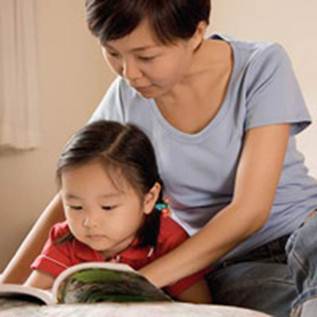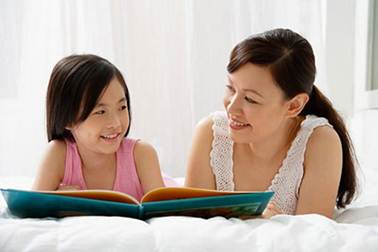Some time you will want
your baby to stay in one place for a while. And here are some tips you can
apply.

Do
not forget to teach your baby patience.
On an airplane
As usual, under 2-year-old children are
free for flight but have to sit with mother. Mothers should prepare for sharing
seat with their babies because room is not spacious and children totally do not
have place for moving comfortably.
And that is torture for babies, so they are
easy to cry when feeling uncomfortable.
Although seats on airplane (especially
economic-class seats) are not always easeful, for your baby is also set up a
fold table where it can relax during the flight such as drawing, playing toys,
painting, and so on.
When airplane takes off or lands, mothers
should feed their babies continuously with milk or water by bottle. Operation
of jaw muscle prevents them against tinnitus and fatigue that make them cry.
Try to have your babies take much fruit juice, milk or water because the air on
airplane is very dry, so they are easy to lack water.
To coax your babies to sit quietly, you can
give them some crackers (their favorite ones) and shake your thigh gently (babies
are on your thighs) to ease their discomfort.
For long flight, some brand will equip
cradle for babies. However, there are only one or two cradles in each flight;
therefore, you should book early.
Furthermore, you need to prepare diapers,
milk, baby foods, bowl, spoon, crackers, fruits, wet tissues, favorite toys of
your children, clothes, coat, towel, baby oil in case that their skin and lips
are too dried, and so on.
When queuing up
For children, staying in one place is
really difficult. Why have to wait, and they will do anything to resist.
In that case, they will cry loudly. And
less experienced parents will hastily begin holding their babies up, be ashamed
to say sorry to everyone in order to have priority of moving forwards (when
checking out at supermarket, queuing up in front of ATM, or for children’s
slide).
But in accident, that will affect behaviors
of babies in the future. They will own set up a negative reaction of “if…then…”
such as “If I want that item, I only need to cry loudly”.
Besides, try to practice your children’s
patience anywhere and anytime. For example, when queuing up for washing hands
before meal at kindergarten, children must wait until their turns, not hustle
forward. Teachers have to adjust the line and remind their pupils of the regulations.
Frequently tell children small stories on
patience to let them know how effective patience is and which consequences of
impatience. After telling, leave them assess and think about the stories by
themselves by making questions for them.
Do not think that is unhelpful since 2-year-old
children understand many things. And this also makes the combination between
you and your baby more closely.

Tell
children small stories on patience to let them know how effective patience is
and which consequences of impatience.
In a car
Do you know a car accident with speed of 50
km/h will throw a 2-year-old baby forward with over 200 kg force, which is
equal to weight of an elephant?
When let babies be in the car, because parents
sometimes follow wishes of their babies, so they put their babies next to
driver-seat, stand freely, or even sit on lap of parents, next to wheel
although all air bags have warm sign: “Babies can die due to air bag. Back seat
is the safest place for babies.”
Try to train your babies how to be patient
even in the car. Whenever in car, babies must sit tidily and safely. Parents
close the car door until checking up carefully to prevent babies from sticking
hands, legs, clothes, or other things.
When babies are seated in car, you have to
lock safe bolt, do not allow them unlock the door, press body on door, or hold
head and hand out of the car. There are many sudden risks that can happen in
these situations which mothers cannot anticipate.
The safest place in a car is the seat
behind driver-seat, and the middle one is the best. When having babies in car,
you should prioritize that position for them; only seat babies next to
driver-seat when really necessary. Also teach your baby the habit of using seat
belt if any.
Today, in some places, because of driving
in low speed, people have not cared for using seat belt yet when sitting in
car. Using seat belt is a helpful solution to protect people in car, so parents
should train their children to practice that habit from the time the children
are young.
Moreover, you can choose chairs for babies
depending on the variety of ages such as: chair with or without legs for
newborn babies, two-way chair, up and down chair, and so on.
Whatever chair is equipped, parents need to
pay attention to some recommendations of safe organizations in the world for
baby’s chairs as follows:
- All under 12-year-old children must be
seated at back seat. That can decrease 36% risk of babies’ death.
- Have private chair for babies, or have
someone hold babies safely until they can sit and take seat belt on their
own.
- Do not put baby chair on the front seat
opposite to the air bag.
- Always use turn-back chair for babies
under 15kg.
- Always read carefully the directions of
car and baby chairs (there are all information about the best place for
babies).